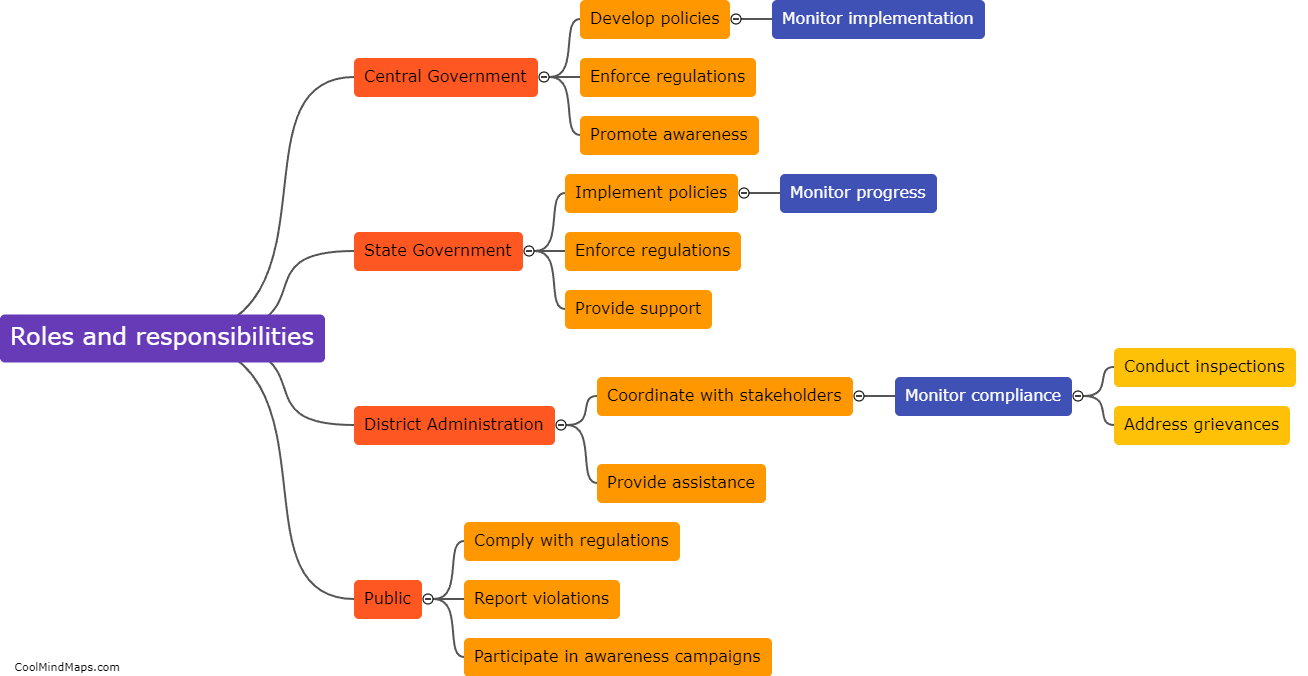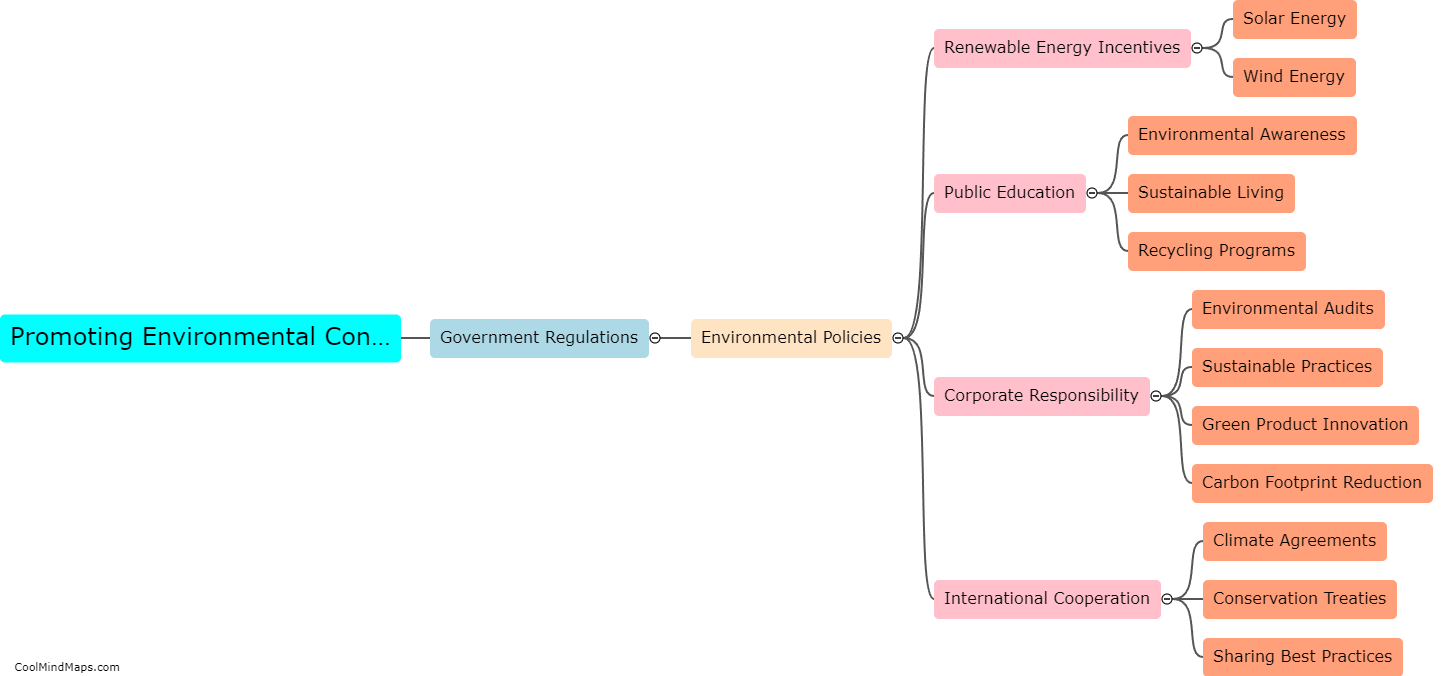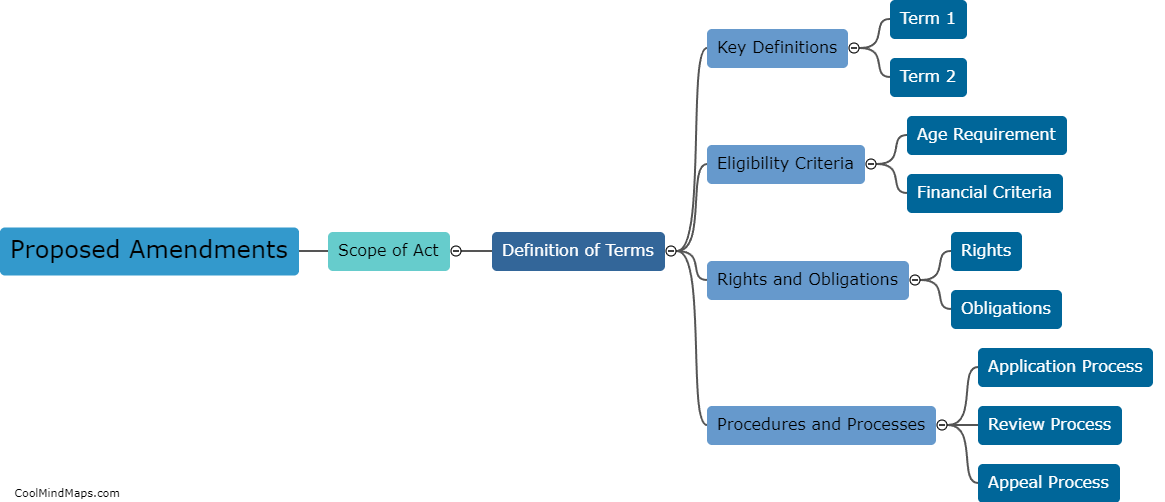How does the Act address climate change issues?
The Act, or The Climate Change Act of [specific year], aims to address climate change issues through a comprehensive and systematic approach. The Act generally sets legally binding targets for reducing greenhouse gas emissions, typically in line with international commitments and scientific recommendations. It involves the establishment of an independent body, often referred to as a Climate Change Committee, to monitor progress and provide expert advice to the government. The Act also promotes the transition to a low-carbon economy by incentivizing investments in renewable energy, energy efficiency, and sustainable transportation. Additionally, it incorporates provisions for adaptation to the impacts of climate change, such as the protection of vulnerable ecosystems and communities. By implementing these measures, the Act plays a crucial role in mitigating the effects of climate change and working towards a more sustainable future.

This mind map was published on 28 November 2023 and has been viewed 121 times.











